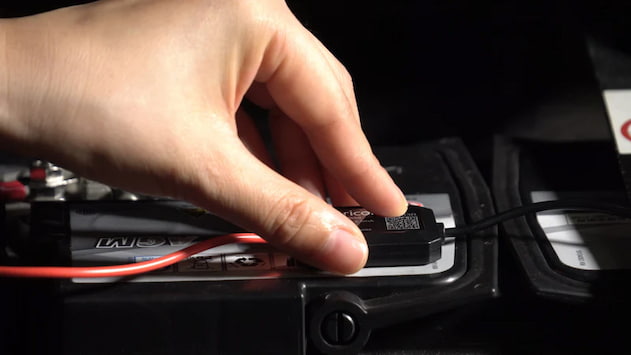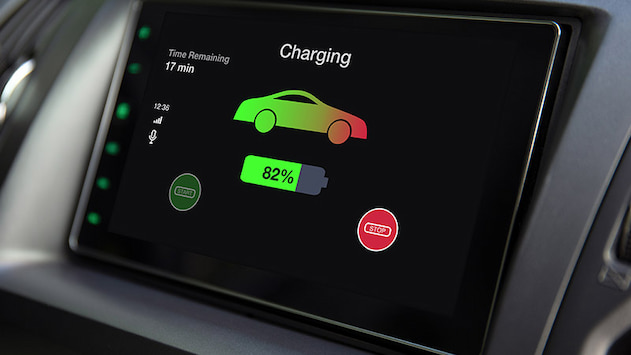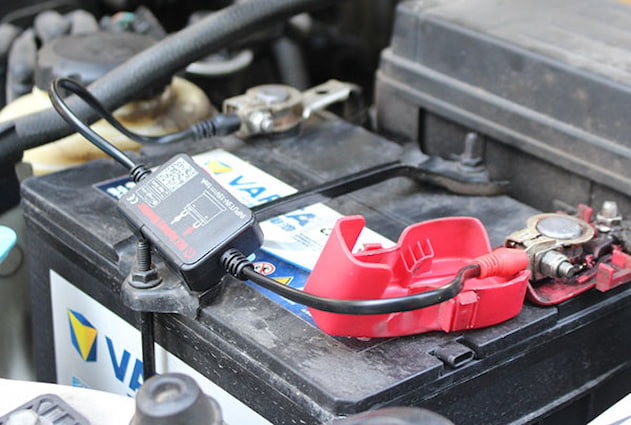The Complete Guide to Battery Monitors
If you’re running a secondary battery setup with a 4WD or campervan, want to keep that restored oldtimer in crisp condition or just need the most reliable battery info in your daily runabout, consider getting a dedicated battery monitor.
This is a small, easy-to-use device that helps maintain battery health and beams live data to phones and mobile devices. All batteries need maintenance and charging from time to time, but having a dedicated device out the guesswork, and can save you from a flat when you’d least expect it.
What Do Battery Monitors Do?
A battery monitor keeps an eye on the level of charge in batteries. It will inform users whether the battery is charging (with the engine on, or fed power through a charger or solar panel), or discharging (when running power to the starter or connected devices and appliances).
Most can also calculate and display the remaining time left at the current power use. Monitors constantly measure voltage and current flow in and out of the battery, as well as alert users when batteries are overheating, nearing very low charge levels, or chargers and charging systems are applying too much current. And those with connectivity options, such as reliable Bluetooth battery monitors, can wirelessly send all that data to a device of your choice.
All the metrics are there to keep your 24 or 12V battery in the best possible condition. And extend its rated lifespan. Monitors can also pinpoint issues with defective alternators with a starter battery connected, or faulty chargers and wiring in auxiliary battery setups.
Why You Need One
Having relevant, real-time data can prevent a lot of unwanted issues down the road. Different batteries have different safe levels of discharge, and draining batteries past this state will mean you’re not doing them any favours. Most starter units are lead-acid and can be safely discharged to half of the total capacity.
AGM variants fare a bit better, so are the preferred choice in vehicles with fuel-saving stop/start electronics. Lithium batteries are depth of discharge kings, being capable of almost 95 percent discharge, without sustaining damage. This is important to ensure that your type of battery performs as it should and when it should, but is also charged at the right time and to the right levels to make it last as long as possible.
Another thing is that you have enough charge to start your vehicle or get you through your camping or off-roading trip. Avoiding flats or not having enough juice to get going is just a few times a monitor will prove its worth. Monitors will tell you if need to cut down on power use, or hook up the battery to a charger or panel.
Here additional info can also be useful, like how much drain is caused by individual appliances, for instance, fridges, or how effective your panels are and whether you need to upgrade on what you’ve currently got. Or simply adjust the angles of panels to get more sunlight.
Standout Features
- Cranking Voltage – This allows the user to check whether there’s enough juice to start the vehicle. You’ll never have to deal with a flat again.
- Alerts – All monitors can alert drivers that something is wrong. This can be a battery that is nearing its depth of discharge limit, one that is overheating or gassing, or there’s an issue with the charging. Alerts help with keeping the battery topped up and in the best condition. Delivered on time, they extend the lifespan of the battery.
- Connectivity – To get real-time info on how batteries are doing, WiFi-enabled and Bluetooth battery monitors work best. They ping all relevant info to phones or laptops, so users can take the required precautions when needed.
- Charging History – The app that goes with a Bluetooth battery monitor has detailed data to display voltage levels, charging, and discharge rates, battery temperature, and a host of information over chosen periods. Users can see where and when there’s been more drain on the battery and can change their usage or charging routines accordingly.
- In-built Safety – Go for battery monitors that have short circuit protection and auto-disconnect to prevent unwanted damage to connected appliances and extremely low-charge levels when running multiple appliances or devices at once.
What to Look For
- Battery Compatibility – While most monitors are compatible with 12V starter and secondary batteries, there are also variants that can monitor 24V batteries. More important is getting a monitor that is right with what you’ve got. Lithium monitors, for instance, are ideally calibrated to monitor lithium-ion batteries.
- Monitoring More than One Battery at Once – Battery banks, consisting of two or more batteries connected in parallel can be monitored with a single monitor. Dual battery systems with a DC-DC charger or shunt regulator will need one monitor for each battery.
-Bluetooth Range – Depending on the version of Bluetooth, monitors can have a range between 10 and 250 metres (in Bluetooth 5.2). Even older versions (4.0, 4.1, 4.2, etc) can send data to phones from batteries in trailers or towed caravans.
- Easy Installation – Look for monitors that are quick and simple to set up, and have apps that are easy to use.






